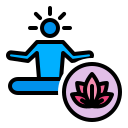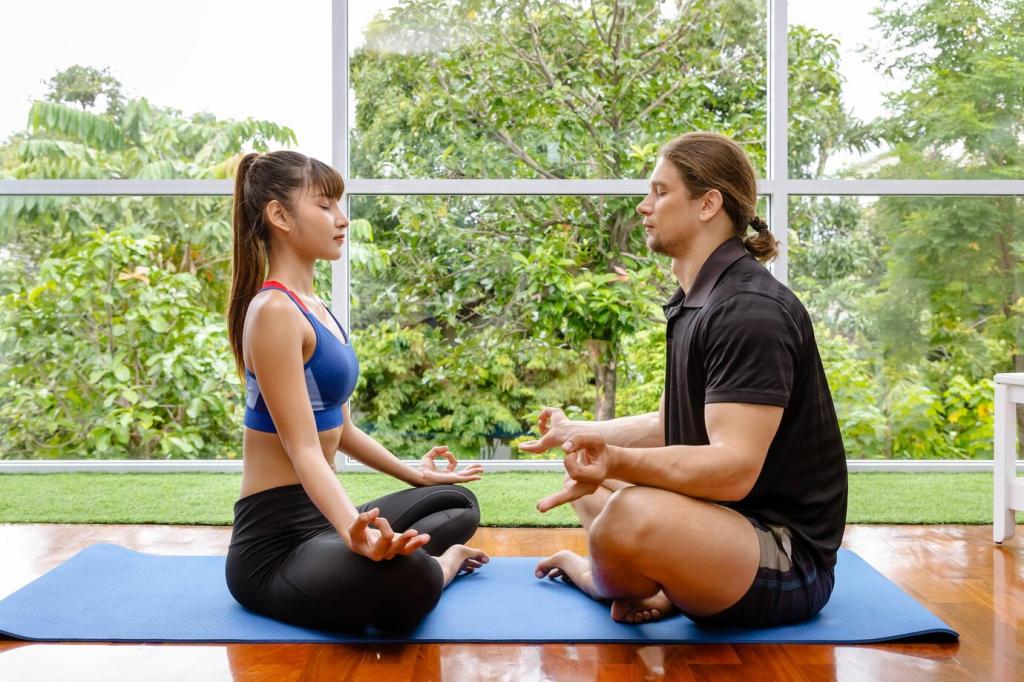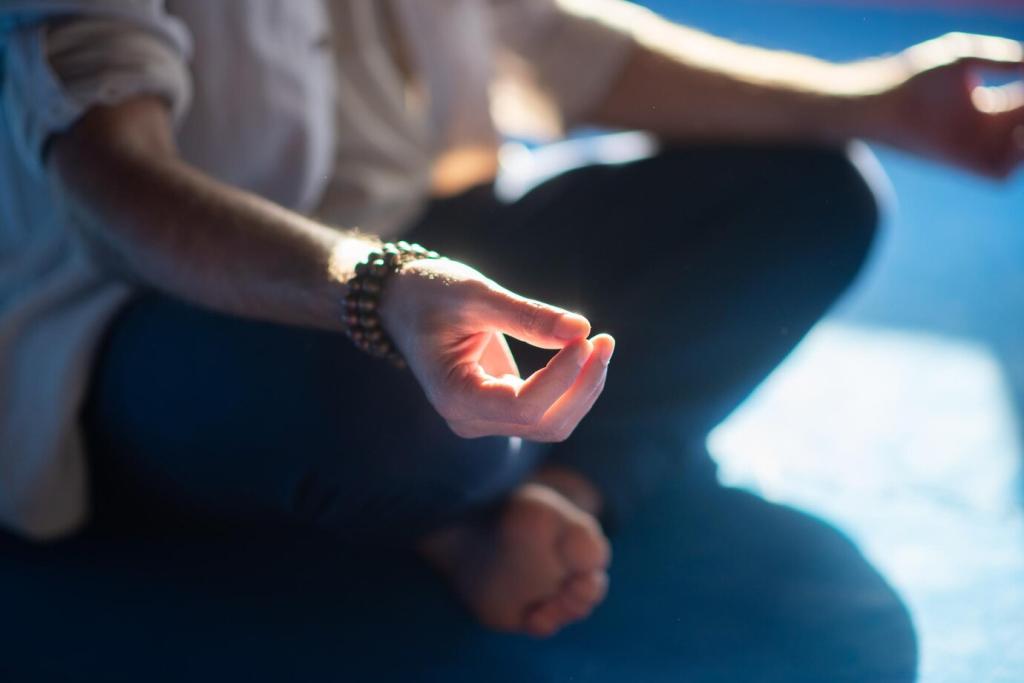Weaving Body Scans Into Daily Life
Set a recurring timer for ninety seconds. Scan hands, shoulders, and eyes while the kettle boils or files upload. Release one percent more tension than feels necessary. Tiny, repeated releases accumulate. Readers report fewer afternoon headaches and a surprising lift in mood after a week of consistent micro-scanning between tasks and messages.
Weaving Body Scans Into Daily Life
Whether riding a train or waiting at a light, keep eyes soft and sense contact points—seat, feet, hands. Let attention flow like scenery. No need for closed eyes. This low-profile scan turns transition time into recovery time, so you arrive more present for family conversations or the creative work waiting at home.






